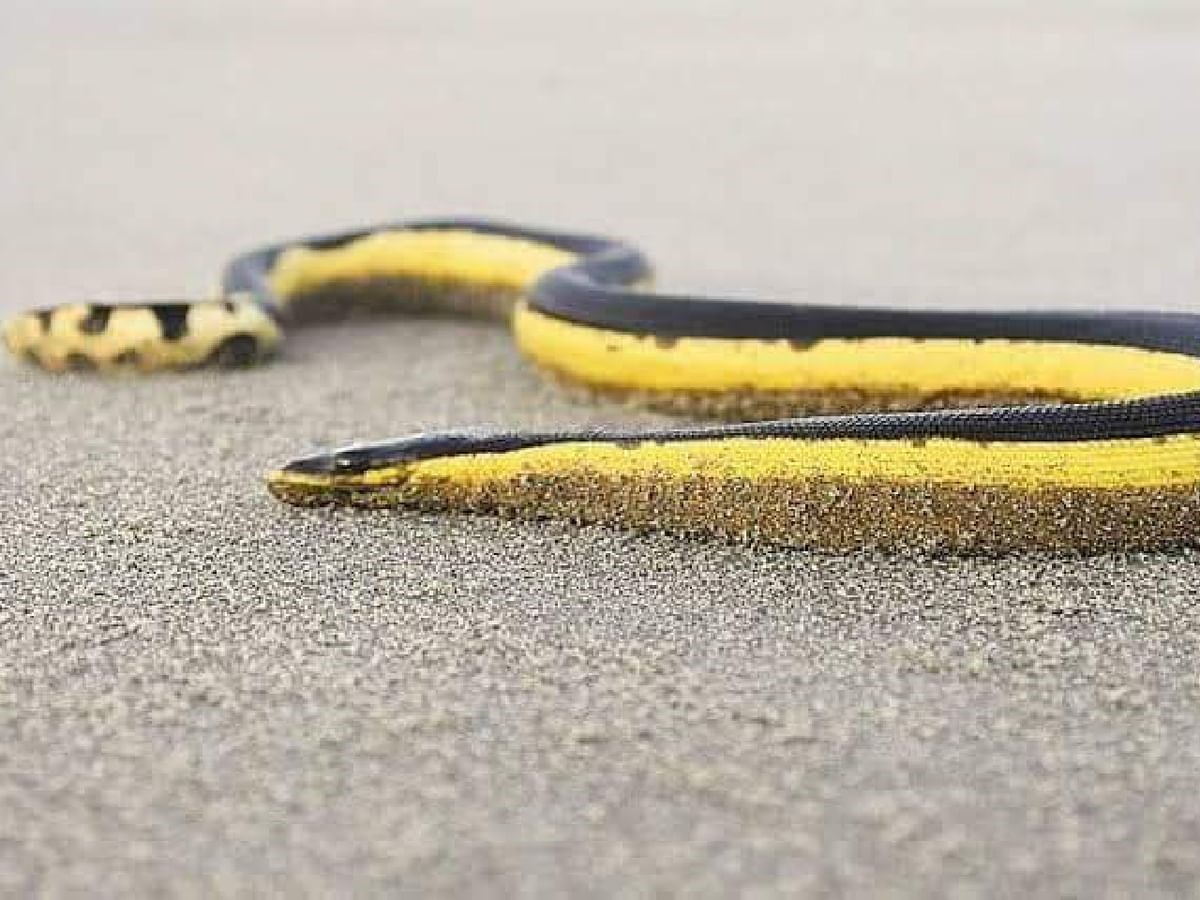Free Courses Sale ends Soon, Get It Now


Free Courses Sale ends Soon, Get It Now



Disclaimer: Copyright infringement not intended.
Context
Details
Unusual Appearance
Uncommon Venomous Sea Snake
Unusual Migration to Bay of Bengal
Threat to Fishermen
Rare and Dangerous Encounter
Pelamis platurus
Physical Characteristics
Distribution and Habitat
Adaptations to Marine Life
Venom and Predation
Conservation Status
Conclusion
|
PRACTICE QUESTION Q. Which of the following statements about Pelamis platurus, the Yellow-Bellied Sea Snake, is correct? A) It is a non-venomous sea snake found in coastal waters and coral reefs. B) It is primarily found in cold waters of the Atlantic Ocean. C) Its venom is used to immobilize and kill its prey, which mainly consists of small fish and eels. D) It lays eggs like most other snakes. Answer: C) Its venom is used to immobilize and kill its prey, which mainly consists of small fish and eels. |
© 2024 iasgyan. All right reserved